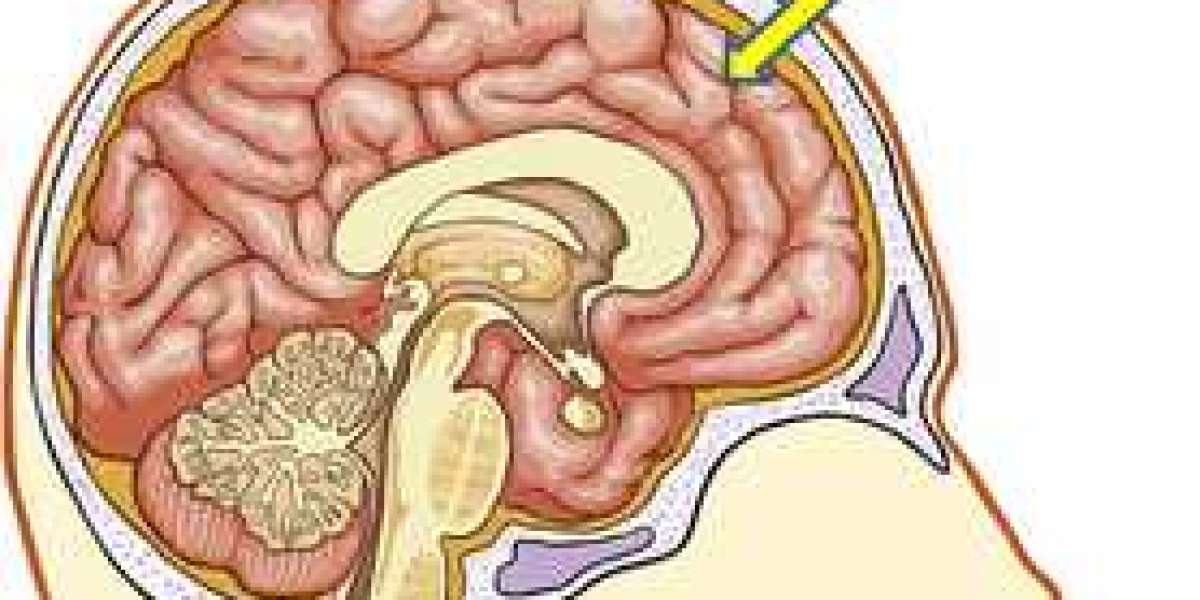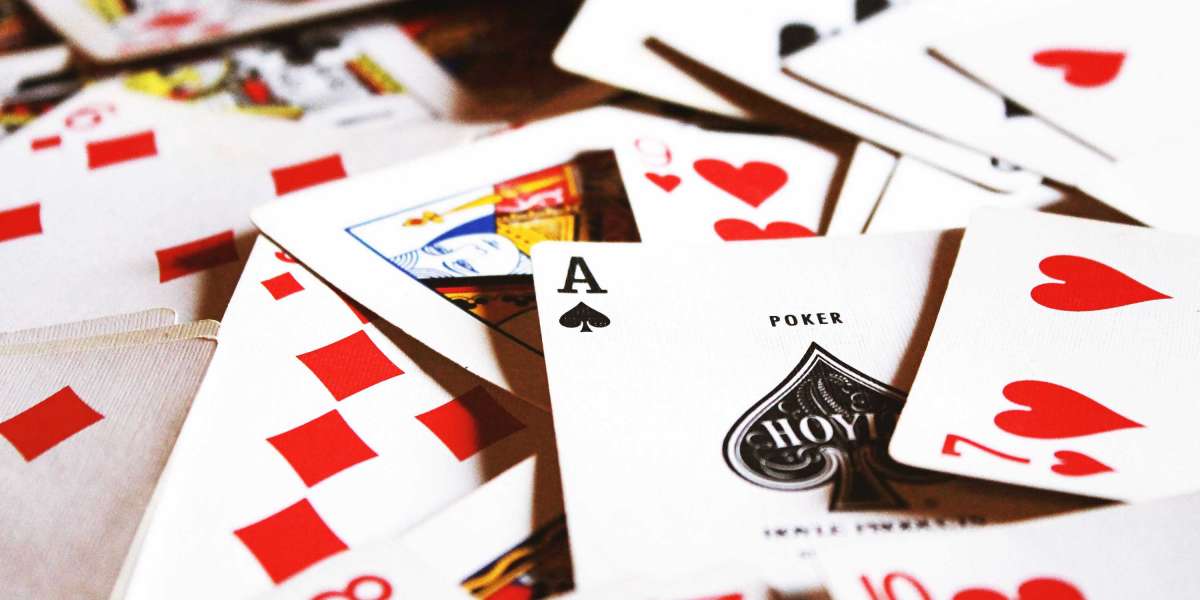The human brain has been always a mystery for the scientific world throughout the centuries. Multiple research and surveys are dedicated to the issue of the brain structure and functions. The human brain controls intellectuality and social interaction. It is involved in expressing emotions and personality. Any brain injury or trauma may cause the variety of impairments that may considerably deteriorate the quality of human life. Therefore, a brief overview of the cerebral cortex structure and functions can be beneficial to realize how critical all parts of the human brain are for normal interaction in the environment.
The cerebral cortex that is frequently called gray matter comprises cell bodies and dendrites of neurons critical for human functioning. It integrates multiple sensory impulses, controls higher intellectual functions, and directs motor activity. The function of the cerebral cortex implicates the receipt, integration, storage, and transmission of information going through the human brain. Thus, it controls almost every process in the body, sensations and responses. It is located under the forebrain. The cerebral cortex is divided into the right and left hemispheres separated by the interhemispheric fissure. The molecular, medial pyramidal, internal granular, external granular, ganglionic, and fusiform layers are integrated inside the cerebral cortex. All six layers vary in density due to diverse locations and functions. Furthermore, each of the cerebral cortex hemispheres contains the frontal, parietal, temporal and occipital lobes.
The frontal lobe is located directly behind the skull of the forebrain. It is extremely crucial for normal, adequate human behavior, intellectual abilities, and emotions. The frontal lobe regulates goal-oriented behavior, short-term and recall memory, thinking processes, and the emotional side. Additionally, it is considerably involved in programming muscular functions and motor movements. Simultaneously, it participates in problem solving processes, verbal and non-verbal abilities, social and sexual behaviors. The physical proximity of the frontal lobe to the cranium makes it extremely susceptible to various injuries, which may entail aphasia, decreased intellectual abilities, and impaired attention and memory. The damage is largely responsible for antisocial behavior. Frontal lesions may also affect sexual behavioral patterns.
Relatively to the adjoining lobes, the parietal lobe lies posteriorly to the frontal lobe and above the occipital one. It is placed between the central, lateral, and parietooccipital sulci. Sensory information reception and its further processing considerably depend on the proper functioning of the parietal lobe. Therefore, in case of its injury, sensory processes are consequently affected.
The occipital lobe lies at the back of the temporal lobe, behind and below the parietal lobe, and controls vision. A trauma to it may affect vision and impair perception. Furthermore, the temporal lobe is located inferior to the lateral sulcus and regulates hearing, olfaction, taste, balance, and memory. Researchers pinpoint its importance for speech reception and interpretation. It is responsible for processing received visual information. Temporal lobe injuries may lead to impaired attention, sensation, perception and memory, as well as decreased verbal and non-verbal abilities. In case of a trauma and any other damage, all processes controlled by this lobe will be completely or partly impaired.
Multiple clinical cases may prove that a brain injury or trauma entail behavioral changes that may affect a lifestyle and social interaction. One of such is the case of Phineas Gage developing socially deviant behavior after a significant brain injury that resulted from dynamite explosion. Prior to the accident, the aforementioned person was a responsible and industrious worker. However, after the brain injury, he started demonstrating profound behavioral changes, such as impaired thinking and planning, poor organizational skill, impulsiveness and emotionally instability. The represented case shows that such symptoms and behavior are specific for frontal lesions, namely the prefrontal cortex damage.
In conclusion, the cerebral cortex is a complicated mechanism present in two hemispheres of the human brain. Its structure involves the frontal, parietal, occipital, and temporal lobes performing various critical functions. A serious trauma or injury to any lobe of the cerebral cortex may entail severe physiological, psychological and behavioral consequences. The represented clinical case proves that the brain injury may lead to a severe personality disorder and social inappropriateness.
About the author
Stive Morris has been the lead blog writer at essay rewriting service https://writology.com/rewriting since 2018. His passion for helping people in all aspects of online marketing flows through in the expert industry coverage he provides. In addition to blog writing, Rico is interested in technical writing and copywriting services.








